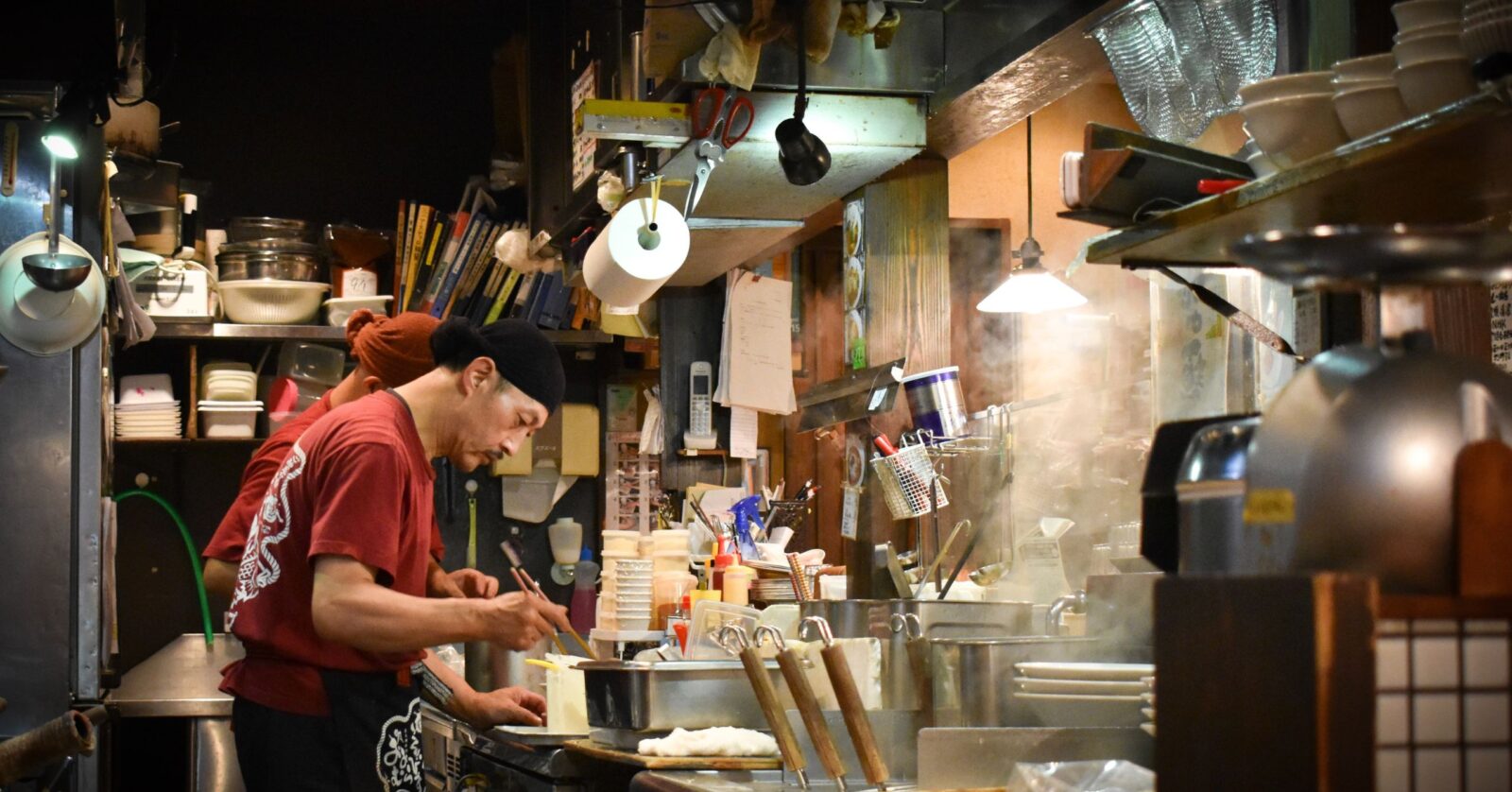Are Michelin Stars Really a Measure of Success?

The “Best Chef in the World” has lost his Michelin star. But what will this mean for his business? In this article, we look at how these stars affect the F&B industry.
Did you know that, as of 2022, there are a total of 2,817 restaurants that have been awarded a Michelin star? This prestigious star is worn as a badge of honor by many businesses, as it is awarded based on the “quality and flavor of food served, as well as mastery of culinary technique and personality of the dishes.”
Dubbed as a “hallmark of fine dining by many of the world’s top chefs—not to mention restaurant patrons,” said stars are not easy to obtain, as they are given to restaurants that Michelin deems as the very best in a given city. In turn, recipients proudly showcase these stars in their storefronts and in their social media platforms.
These stars, however, are not permanent, as they can easily be revoked. Take for example the restaurant of Guy Savoy—a French chef known as the “Best Chef in the World”—which recently lost its star.
This raises the question—how important is a Michelin star to the success of a restaurant? And how detrimental is losing it for the business? We take a closer look.
How it Happened
Just last February 28, Savoy’s restaurant—Monnaie de Paris—has been demoted by the Michelin guide to two stars. The famed restaurant has held a three-star status since 2002. Aside from Guy Savoy, Christopher Coutanceau also lost a Michelin star in the latest edition of the Michelin guide.
The head of the Michelin guide, Gwendal Poullennec, told the Agence France-Presse (AFP) that, “These are exceptional restaurants, so you can imagine that these decisions are carefully considered, supported by numerous visits from our inspectors throughout the year.”
While the reasons behind the demotion have not been made public, they have been discussed with the chefs themselves.
How a Restaurant Can Get a Michelin Star
First, let’s discuss how a restaurant can earn a Michelin star. The whole process begins with a team of people referred to as inspectors. “To allocate its coveted stars, the Michelin guide employs thousands of inspectors, who will travel around the world sampling the finest cuisine on offer,” says Elite Traveler. “The highly trained inspectors will visit hundreds of restaurants a year in order to identify the best of the best.”
Elite Traveler also notes that inspectors are always anonymous, and they always dine and pay for their meals like any regular customer would. The integrity of the guide is very important so it is crucial that inspectors do not get preferential treatment.
Once every restaurant has been inspected, what is known as “star sessions” are conducted. During a star session, the rating of each restaurant is debated by the Michelin Guide director and the worldwide teams. A unanimous decision must be reached by those participating in a session.
A one-star rating means a restaurant showcases “high-quality cooking, worth a stop.” A two-star rating, on the other hand, means “excellent cooking, worth a detour.” And finally, a three-star rating denotes “exceptional cooking, worth a special journey.”
How Earning or Losing a Star Affects Business
Given the prestige associated with the Michelin guide, it is no surprise that earning a star is usually equal to an increase in business for a restaurant. Chef John Fraser—the owner of a restaurant called Nix in New York—says in an interview with Food & Wine that receiving a star led to “drastically increased business” in Nix and even in another restaurant he owned.
On the flipside, losing a star does the exact opposite. An unfortunate example is Thornton’s—a restaurant that used to be housed in Fitzwilliam Hotel in Dublin, Ireland. The restaurant’s profits declined by 76% when it lost its Michelin star and it eventually closed down in 2016.
Thus, it isn’t a surprise that many chefs proudly proclaim their Michelin stars as a badge of honor, while those who lose them struggle with the aftermath. There are the more extreme cases, with one of the most infamous ones being the death of Bernard Loiseau, who committed suicide in 2003.
According to The New Yorker, “At the time, there were rumors that Loiseau’s restaurant, La Côte d’Or, located in Saulieu, a village in Burgundy, was in danger of losing its third star, and it was widely believed that the possibility of a demotion drove Loiseau to suicide.”
Another infamous example is French chef Marc Veyrat, who is known to have taken the Michelin guide to court after losing one star. The lawsuit was dismissed after the chef “admittedly did not suffer any financial loss as a result of the lost star.”
Is Getting a Michelin Star Enough to Succeed?
Many chefs aspire to earn at least one Michelin star in their life, while others like Marco Pierre White actually give back their stars. While earning a Michelin star certainly has its perks, it has its downside, too. For one thing, having a Michelin star can lead to a lot of pressure to maintain it. This causes some restaurants to strain themselves by investing heavily in decor, expensive ingredients, and staff training.
In fact, a study published by Cornell Hospitality Quarterly shows that “nearly half of the sample group of 26 two-Michelin and three-Michelin-starred restaurants from across Europe were found to not be making a profit—regardless of their ranking.”
At the end of the day, a Michelin star may help reel in business, but a better and deeper understanding of the specific market a restaurant is catering to will sustain the business. What’s more, the food business is very competitive, and restaurants need to figure out what their competitive edge is, too.
If any, a Michelin star might not be of much help to a restaurant that does not appeal to and cater to the needs and wants of its target market. This is why all in all, it boils down to the very workings of a restaurant—regardless of the awards it bears.




